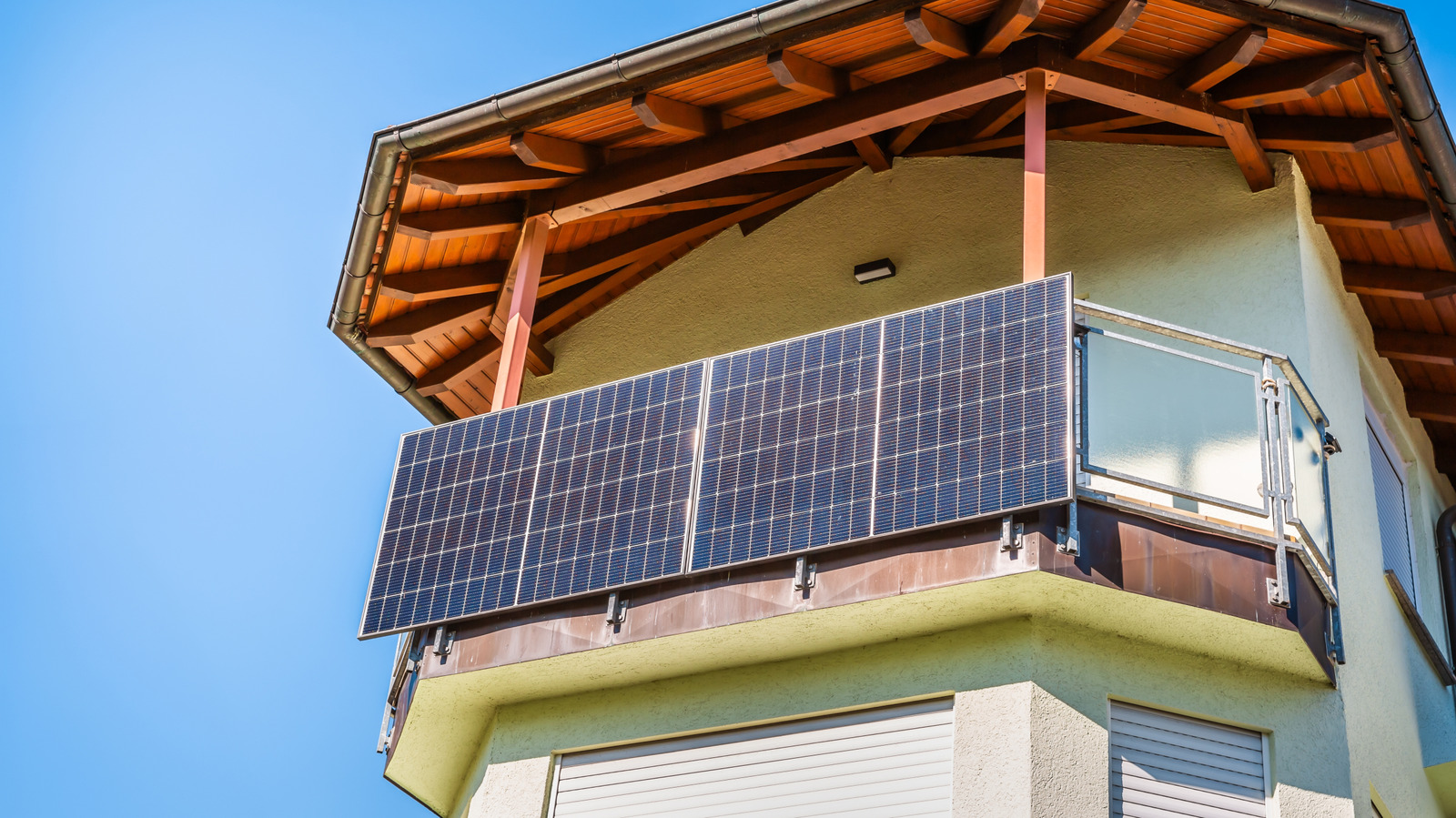Business
Homeowners Shift to Affordable Plug-And-Play Solar Solutions

Homeowners are increasingly opting for affordable plug-and-play solar systems rather than traditional rooftop solar installations. This shift is largely driven by the high upfront costs associated with rooftop systems, which can range from $25,000 to $33,000, making them financially inaccessible for many.
The appeal of plug-and-play solar units lies in their affordability and ease of installation. These systems typically cost between $1,000 and $2,000, significantly less than their rooftop counterparts. In addition, some plug-and-play options can include batteries, which allow homeowners to store excess energy for nighttime use. For example, the EcoFlow STREAM system, which offers an 800W capacity, retails for $1,599, while the Zendure SolarFlow Kit, featuring a 1,640W capacity with a battery, is priced at $3,900.
How Plug-and-Play Systems Work
Plug-and-play solar systems are designed for easy installation, consisting of two to four solar panels, a grid-tied microinverter, mounting hardware, and a cable. These systems generate direct current (DC) power from sunlight, which is then converted into alternating current (AC) by the microinverter and fed directly into a standard wall outlet. This allows homeowners to power essential appliances, such as refrigerators and laptops, during the day.
While plug-and-play systems are limited in capacity—typically rated under 2,000W—they can effectively support critical household functions. However, they may not provide sufficient energy for larger homes or those with high electricity demands, which remain better served by traditional rooftop installations that usually require at least 15 solar panels.
Installation Benefits and Limitations
The straightforward design of plug-and-play systems makes them particularly attractive for DIY enthusiasts. Many kits can be set up in under an hour, and they generally do not require permits or professional installation. In contrast, traditional rooftop solar installations can take several days to complete and may involve extensive permitting processes. Homeowners must often consult experts to assess their roof’s structural integrity before installation begins.
Plug-and-play solar systems can be mounted in various locations, including balconies, walls, and rooftops, allowing for flexibility in setup. This makes them an excellent option for renters or those unable to modify their roofs. In contrast, rooftop solar systems target homeowners seeking a long-term energy solution and who have higher electricity usage.
As reported by KQED, the Bay Area is witnessing an increasing number of homeowners adopting plug-and-play systems. This trend highlights a growing demand for energy solutions that are both economical and user-friendly. Ultimately, the choice between traditional rooftop solar and plug-and-play options will depend on individual needs, budget, and living situations.
-

 Lifestyle5 months ago
Lifestyle5 months agoLibraries Challenge Rising E-Book Costs Amid Growing Demand
-

 Sports4 months ago
Sports4 months agoTyreek Hill Responds to Tua Tagovailoa’s Comments on Team Dynamics
-

 Sports4 months ago
Sports4 months agoLiverpool Secures Agreement to Sign Young Striker Will Wright
-

 Lifestyle4 months ago
Lifestyle4 months agoSave Your Split Tomatoes: Expert Tips for Gardeners
-

 Lifestyle4 months ago
Lifestyle4 months agoPrincess Beatrice’s Daughter Athena Joins Siblings at London Parade
-

 Science4 months ago
Science4 months agoSan Francisco Hosts Unique Contest to Identify “Performative Males”
-

 World4 months ago
World4 months agoWinter Storms Lash New South Wales with Snow, Flood Risks
-

 Science5 months ago
Science5 months agoTrump Administration Moves to Repeal Key Climate Regulation
-

 Business5 months ago
Business5 months agoSoFi Technologies Shares Slip 2% Following Insider Stock Sale
-

 Science5 months ago
Science5 months agoNew Tool Reveals Link Between Horse Coat Condition and Parasites
-

 Sports5 months ago
Sports5 months agoElon Musk Sculpture Travels From Utah to Yosemite National Park
-

 Science5 months ago
Science5 months agoNew Study Confirms Humans Transported Stonehenge Bluestones









